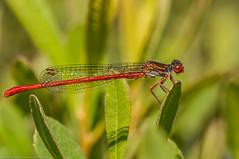 |
Small Red Damselfly |
One of our smallest (31mm) damselflies
preferring shallow pools, seepages and streams in heathland bog. |
 |
Southern Damselfly |
One of our rarer damselflies, preferring base-rich runnels and streams often within acid heathland and chalk stream water meadows. |
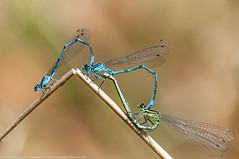 |
Azure Damselfly |
One of the larger (33mm) blue damselflies.
Seen in most habitats including ponds, streams and larger water bodies
where they are often found in swarms. |
 |
Variable Damselfly |
The Variable Damselfly is a reasonable large (33mm) damselfly superficially similar to the Azure and both species may be found in the same habitat. |
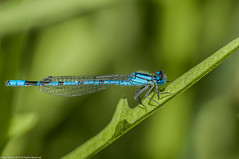 |
Common Blue |
Britains most
widespread damselfly.
Found in most water bodies and surrounding heaths, meadows and woodland.
|
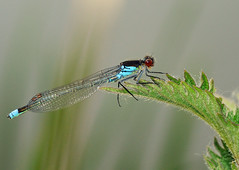 |
Red-eyed |
A robust and conspicuous damselfly, found in lakes, gravel pits, canals and slow-flowing rivers often perched on water lillies and other surface vegetation. |
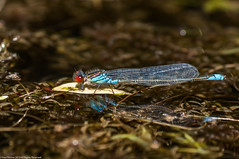 |
Small Red-eyed |
Considerably smaller (29mm) than the larger Red-eyed and not as widespread. |
 |
Blue-tailed |
A common and attractive damselfly found in a wide range of lowland habitats including brackish or polluted water. |
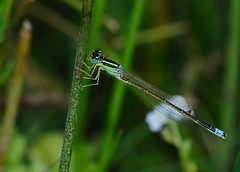 |
Scarce Blue-tailed |
Considerably smaller (29mm) than the larger
Blue-tailed and not as widespread. Can reach large numbers where found.
Preferring warm, shallow pools with emergent vegetation. |
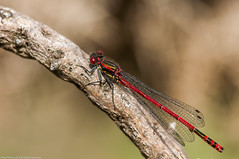 |
Large Red |
A large (36mm) and active red damselfly with black legs and a bronze-black top to the thorax which has broad red or yellow stripes.
|
![]()